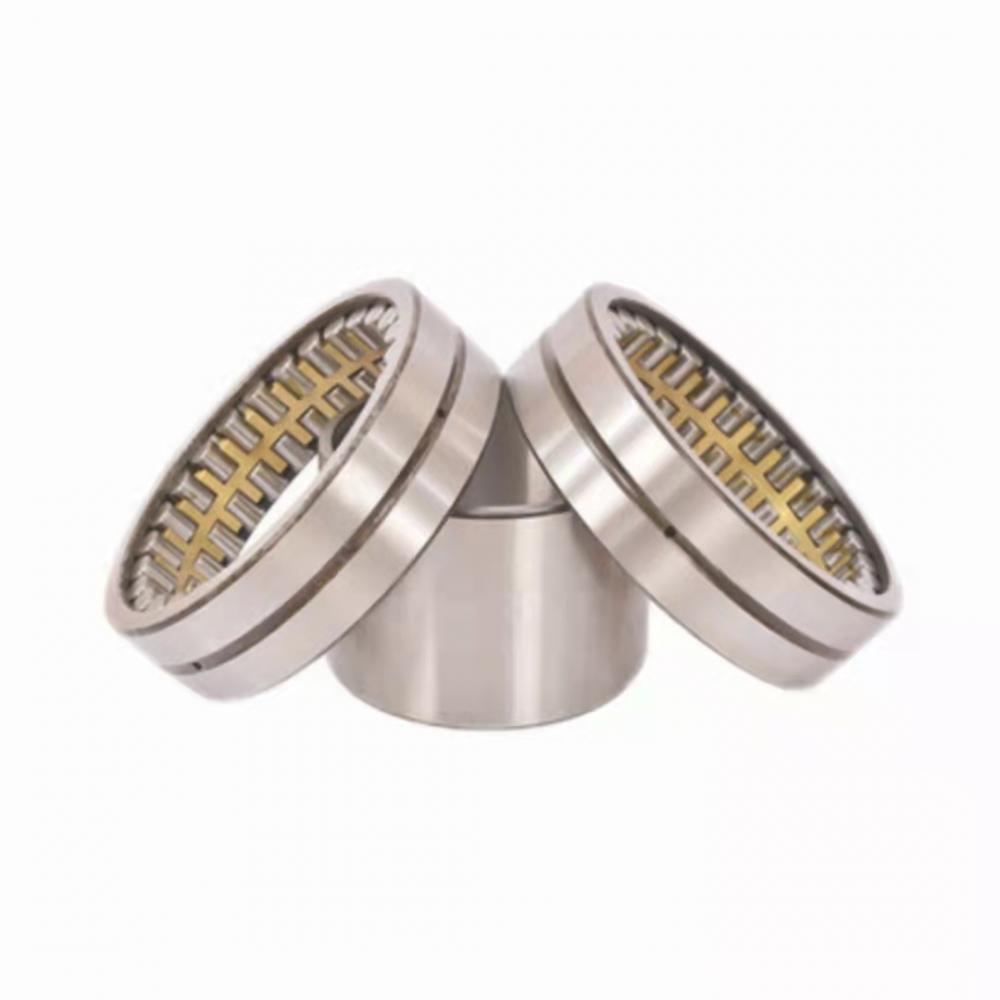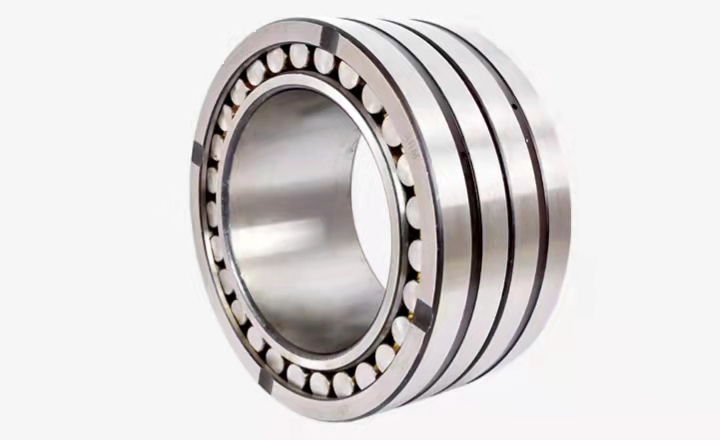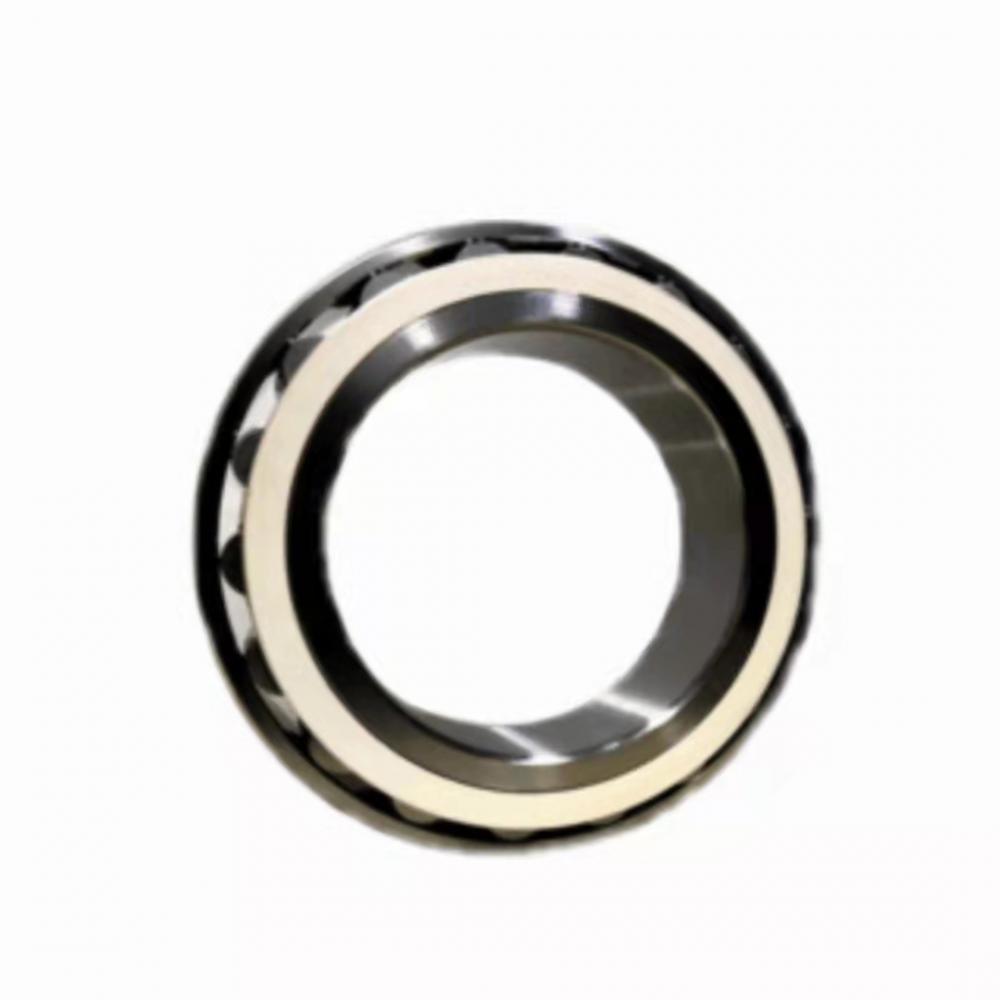Before reading this article, please click on the blue font " China Chemical Safety Association " under the heading of this article and then click " Follow ", so you can receive the article for free. Share every day, it's a free subscription, please rest assured! The basic content of equipment operation design is mainly the selection of stereotyped (or standard) equipment and the process calculation of non-typed (non-standard) equipment under the conditions of safe operation. In addition to meeting the basic requirements, the selection of the type of equipment must also be based on the production capacity and production cycle specified in the design project. The operating equipment should be selected according to its load and the specified process conditions; the static equipment should calculate its main parameters, such as heat transfer area, evaporation area, etc., and then combine with the process conditions for selection. l. pump Pumps are the main fluid machinery in process industries such as the chemical industry. Safe operation of the pump involves fluid balance, pressure balance, and normal flow of the system. The pump should be selected according to the physical and chemical characteristics of the fluid. Generally, the solution can be transported by any type of pump; the suspension can be transported by a diaphragm type reciprocating pump or a centrifugal pump; the liquid, colloidal solution, paste and paste can be used for viscosity. Gear pump, screw pump or high viscosity pump; Shielding pump with strong toxicity or corrosiveness; centrifugal oil pump driven by explosion-proof motor for conveying flammable and explosive organic liquid. 2. Heat exchanger The operation of the heat exchanger involves heat exchange, heat transfer and heat change in the process. If heat is accumulated in the process, an accident will occur due to overheating. Heat exchangers are one of the most widely used equipment in chemical production. When selecting the heat exchanger form, according to the heat load, the flow rate, the fluid flow characteristics and the degree of fouling, the operating pressure and temperature, the allowable pressure loss and other factors, combined with the characteristics of various heat exchangers and the objective conditions of the place of use. Come to a reasonable choice. At present, the series of shell-and-tube exchange heat exchangers used in China include: fixed tube plate heat exchanger, vertical thermosyphon reboiler, steel fixed thin tube plate tube heat exchanger, floating head heat exchanger, condensation U-tube heat exchanger. 3. Fine distillation tower The rectification process involves heat source heating, liquid boiling, gas-liquid separation, cooling condensation, etc. The heat balance safety problem and the phase change safety problem are the key to the safety of the rectification process. Rectification equipment is the most widely used non-typed equipment. Due to different uses and different operating principles, the structural form and operating conditions of the tower vary greatly. The safe operation of the rectification equipment is mainly determined by the heating carrier, heat balance, gas-liquid equilibrium, pressure balance, and the thermal stability of the separated materials and the safety of the filler selection during the rectification process. Distillation equipment has many forms, which can be divided into two types: plate tower and packed tower according to different main components inside the tower. The slab tower has various forms such as sieve tray tower, float valve tower, bubble tower, floating jet tower, etc., and the packed tower also has various packing methods. When selecting the rectification equipment, it should meet the requirements of large production capacity, high separation efficiency and small volume: high reliability, meeting the process requirements, simple structure and low pressure of the tray. 4. Reactor Reactor safety issues are the most complex, involving reactor system configuration, feed rate, feed rate, heating system, detection, display, control system and reactor structure, agitation, safety devices, pressure relief systems, and more. The reactor is a key equipment in chemical production and production. Reasonable selection of designed reactor can effectively utilize raw materials, improve efficiency, reduce the load of the separation device, and save energy required for separation. The reactor should meet the requirements of reaction kinetics, heat transfer requirements, mass transfer process and fluid dynamics process, engineering control requirements, mechanical engineering requirements, and safe operation requirements. There are many types of reactors, which can be divided into tubular reactors, tank reactors, fixed bed reactors and fluidized bed reactors according to the basic structure. 5. Blender The safety and reliability of the agitator is a necessary condition for the safe operation of many exothermic reactions, polymerization processes and the like. The interruption or sudden failure of the agitator can cause material reaction to stagnate, stratify, local overheating, and the like. The agitator is in the form of paddle, turbine, propulsion, frame (or anchor), screw and ribbon. When selecting, firstly, according to the relationship between the form of the agitator and the volume and viscosity of the material in the kettle, the material of the agitator can be determined according to the corrosiveness, viscosity and number of revolutions of the material. 6. Shaft seal It is very important to prevent the run, run, drip and leak of the reaction kettle, especially to prevent the leakage of poisonous and flammable media. Sealing packing may be wrongly selected, reacting with the reactants to cause the reactor to explode; mechanical seals explode due to installation defects. There are two main types of sealing devices. (1) Packing seal. The utility model has the advantages of simple structure, convenient assembly and disassembly, and low cost. However, the service life is short and the sealing reliability is poor. (2) Mechanical seal. The advantages are reliable sealing, long service life, wide application range and low power consumption. However, its cost is high and the installation accuracy is high. 7. Evaporation equipment The selection of the evaporation equipment mainly considers the properties of the evaporated solution, such as viscosity, foaming, corrosiveness, heat sensitivity, and whether it is easy to crystallize or precipitate crystallize. When evaporating heat-sensitive materials, a membrane evaporator should be used to prevent material decomposition; for evaporation of highly viscous solutions, a forced circulation rotary film or falling film evaporator should be used to ensure the material flow rate; materials that are easy to foul or precipitate crystals are evaporated. Standard or cantilever evaporator or out-tube boiling and forced circulation type evaporators can be used; when evaporating foaming solution, forced circulation type and long tube film evaporator should be used; when corrosive materials are evaporated Consider equipment materials; materials such as evaporated waste acid should be immersed in the combustion evaporator; when the treatment is small or intermittent operation, jacket or boiler evaporator can be used to make, operate and save investment. 8. Storage device Raw materials, intermediate products, finished products, by-products, waste liquids and waste gases need to be stored in chemical production. Common storage devices include cans, buckets, pools, and the like. There are also open and sealed; there are both atmospheric and high pressure; can be selected according to the nature, quantity and process requirements of the storage. Generally, solid materials, which are not affected by the weather, can be stored in the open air. The storage of a large amount of liquid generally uses a circular or spherical storage tank; a volatile liquid, in order to prevent material volatilization loss, a floating roof storage tank is used; a liquid having a vapor pressure higher than atmospheric pressure is specially designed according to the vapor pressure; The storage of flammable liquids is to provide a fire protection device at the opening of the storage device. The gas that is easily liquefied is generally stored in a pressure storage tank or a pressurized steel cylinder after being pressurized and liquefied. In recent years, the liquefied material is stored in a low-pressure storage tank by a low temperature method, and is also applied; it is difficult to liquefy. Most of the gas is pressurized and stored in a high pressure spherical storage tank or cylindrical container of the gas cabinet. Materials that are susceptible to air and humidity should be stored in a closed container. 9, other equipment There are many safety accessories at the production site of chemical companies. Don't underestimate these valves, pressure gauges and level gauges. Once the valve is damaged, it may cause a major accident, and accidents caused by pressure gauge failures are rare. Therefore, in the supervision and enforcement, we pay special attention to the inspection of chemical equipment facilities, especially pressure gauges, level gauges, grounding wires, wind vanes, flanges, etc., and hope to eliminate the unsafe condition of the equipment from the source. Ensure production safety. (Source: Chemical 707) [Editor: Chen Guofang] Good things not only need to be collected, but also don't forget to share friends! Rolling Mill Bearing for blanking machine .
Roll neck and drum for metallurgy, mining and other rolling mill stands
Fcd Rolling Mill Bearing,Fcd Rolling Bearing,Bearing For Steel,Bearing For Steel Mill Shijiazhuang Longshu Mechanical & Electrical Equipment Trading Co., Ltd. , https://www.longsbearings.com
Rolling mill bearings are the bearings used on the roll necks and rollers of metallurgical, mining and other rolling mill stands. Cylindrical roller bearings are often used to withstand radial loads, deep groove ball bearings or angular contact ball bearings, or radial design or thrust design Tapered Roller Bearings to withstand axial loads. Most of them are lubricated and cooled by means of oil-air lubrication or oil mist lubrication.
Rolling Mill Main Application:
Cold rolling mill, Hot rolling mill, Blanking machine



Specifications List
Model No.
ID (mm)
OD (mm)
W (mm)
Weight (kg)
FC2028104
100
140
104
5.2
FC202870
100
140
70
3.7
381040X2
200
310
200
55.6
380641
205
320
205
55.4
382040
200
310
275
75.1
FC2030106
100
150
106
6.8
FC202970
100
145
70
4.1
FC202880
100
140
80
4
FC202870M
100
140
70
3.7
FC202870/P6
100
140
70
3.7
FC2028104M
100
140
104
0
FC2028104/P6
100
140
104
5.2
FC2028104/P5
100
140
104
5.2
FC182870
90
140
70
4.4
381050X2/YA
250
460
270
192
382052X2
260
400
255
117
20FC1570
100
145
70
3.8